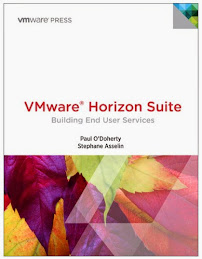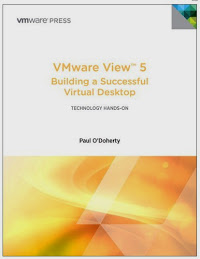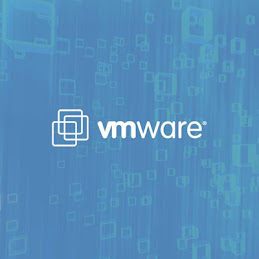It is typical to have not seen much personnel or budget increases in many organizations over the last number of years. User expectations have dramatically increased however because of the consumerization of IT. The new standard in the minds of the users we service is the ‘appstore’ approach to delivering services. In addition most IT teams are still aligned in traditional technology silos and struggle to adopt “as a service” models.
These problem are compounded by where most IT teams spend time. In many recent discussions with our customers at the executive level, they estimate they are spending 60 – 70% of their time on lights on activities, straight operations or firefighting. The remainder of time is spent on new project initiatives leaving little time for proactive strategies to adopt new service models in End User Computing (EUC) and Private or Federated Cloud. How then can they break this cycle and move the blocks forward to become more proactive is often the question asked of us?
The first step is to carve out time that does not exist. The only way to do this is to spend less time in operations by undertaking the following:
1. Categorize, Automate and Orchestrate
You have two choices on where you begin; datacenter or end user services. In the end it does not matter and this tends to be dictated by each customers situation and the current needs of the business
2. Standardize a percentage of IT as a catalog
As much as we want to believe it not everything is unique; IT departments treat everything as custom builds when not all requirements are. Even if this starts as a very simple catalog; office applications (EUC) or a simple two tier VM configuration (Private Cloud) the importance is to work yourself through the process.
3. Turn over delivery
Once you have completed step 1 and 2, enable a suitable business group that is not traditional IT to self-provision. In the initial adoption this may not be end users; it may be business or application analysts; “get it done” as this is when you reduce time in operations. Prepare yourself as this will be a learning process so it may require some heavy lifting in training to the transition team.
Once you have achieved the first three steps you can move to higher value activities described in steps 4 and 5.
4. Adopt a Virtual Datacenter
The vast majority of IT are virtualizing OSes however turning your datacenter into software is a huge enabler. It allows you to thin provision a host of physical devices including networking and storage.
5. Apply Security and Policy to the Virtual Datacenter
Ensure that the virtual datacenter is more secure than your physical one; software can be encrypted and encoded and policy driven. Apply these to your virtual datacenter
After turning your datacenter into software you are ready to drive efficiencies by implementing steps 6 – 8.
6. Evaluate where you are doing your computing
Once your Virtual Datacenter is secure and encrypted it can be migrated anywhere so take advantage of lower cost opportunities to run your IT services
7. Evaluate the efficiency of what you are delivering
Okay we have come a long way however the journey is not complete; evaluate whether it is more efficient for you to deliver each service internally or through a 3rd party. It is important that at this point it is an evaluation; there is one more critical step to complete before farming a percentage of services.
8. Brand
You are the department who has serviced your users effectively for years; your intellectual property is the knowledge and understanding of the users that you serve. They should always continue to come to you for all requirements even if some are being delivered through 3rd party. When you farm the services that you can deliver more efficiently elsewhere ensure that the users do not see whitespace between the internal IT team and service providers. Your role in this new model is to be the one stop shop from a provider perspective and maintain quality control.
In these discussions we did not mention Cloud or Federation or any the terms that are wearing thin due to the promise and expectations being out of alignment. We have described a process that enables Cloud adoption. We also did not discern where it gets adopted first; in the datacenter or in end user computing, as this is a business decision. The process starts with an IT department that has no time which is often the situation. It is hoped that in describing the process logically that this will help internal IT team organize their own initiatives and determine what areas to focus on first.




